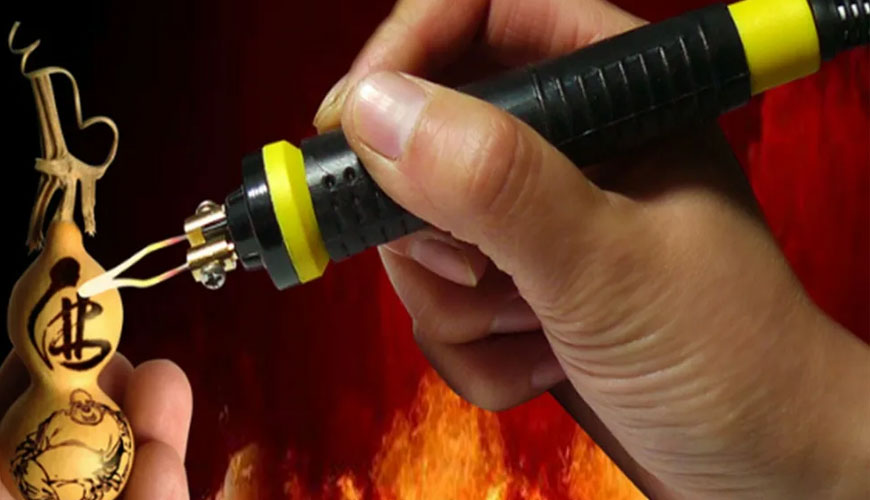

All fabrics burn, but some are more flammable than others. Untreated natural fibers such as cotton, linen and silk burn more easily than wool, which is more difficult to ignite and burns with a low flame rate. The weight and weave of the fabric affects how easily the material will ignite and burn.

Tightly woven fabrics are generally wool, XNUMX% polyester and flame retardant treated fabrics. Heavy, tightly woven fabrics burn more slowly than loosely woven, lightweight fabrics of the same material. The surface texture of the fabric also affects flammability. Long, loose, pile or brushed pile fabrics ignite more easily than fabrics with a hard, tight surface, and in some cases cause flames to flare up on the fabric surface.
Many synthetic fabrics, such as nylon, acrylic or polyester, resist ignition. However, once fired, fabrics begin to melt. This hot, sticky, molten substance causes localized and extremely severe burns. The combination of high burning rate and fabric melting is particularly dangerous when natural and synthetic fibers are mixed.
The burning rates of fabrics in curtains and sofa upholstery used in residences are reduced by chemically applied flame retardants.
Flame retardant materials used in clothing require special washing to maintain flame retardant effectiveness. Flame retardant materials should only be washed with standard detergents.
Cotton and linen have a high burning rate, but this is mitigated by the application of flame retardant chemical additives. Wool is relatively flame retardant. If ignited, it usually has a low combustion rate and can self-extinguishing. Glass fibers and modacrylic are flame resistant. These synthetic fibers are designed and manufactured to have flame retardant properties.
The 16 FCR 1610 standard, which explains the flammability criteria in clothing textiles, is applied for all textile products except gloves, hats, shoes and fabrics that meet certain weight criteria or fiber content. The purpose of this standard, published by the Consumer Product Safety Commission, is to provide methods for testing and classifying the flammability of textile products and restricting the use of hazardous flammable clothing textiles and to reduce possible health risks.
Our organization also provides flame retardancy testing services with its trained and expert staff and advanced technological equipment, among the numerous test, measurement, analysis and evaluation studies it provides for businesses in various sectors.
To get an appointment, to get more detailed information or to request an evaluation, you can ask us to fill in our form and reach you.